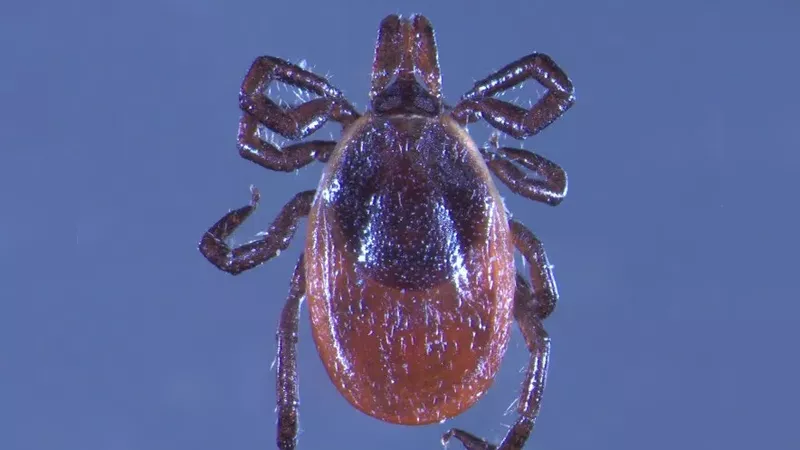
Saskatchewan sees increase in ticks that can carry Lyme disease
A species of tick originally considered rare in Saskatchewan is increasing in number.
Scientists have seen an increase in the number of black-legged ticks, a species known for carrying Lyme disease.
Ixodes scapularis, also known as the deer tick or black-legged tick, is a hard-bodied tick typically found in the eastern and northern midwest of the United States as well as in southeastern Canada.
READ MORE:


